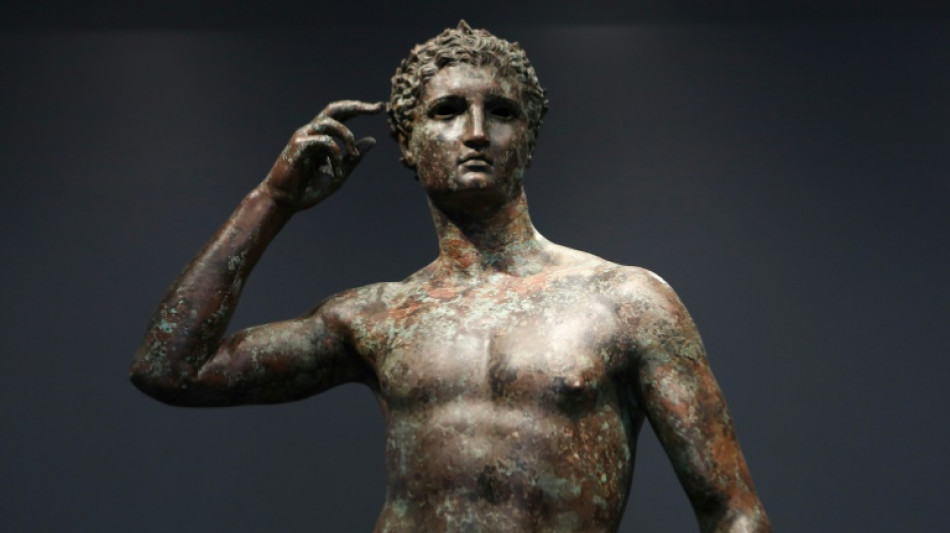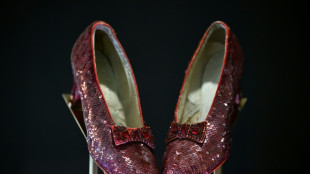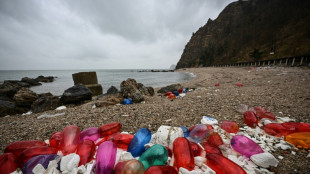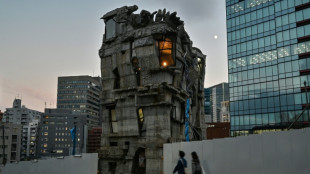

European court upholds Italy's claim to Greek bronze
Italy is allowed to confiscate an ancient Greek bronze fished from the Adriatic in the 1960s and now in the Getty Museum in Los Angeles, the European Court of Human Rights ruled Thursday.
Representing a nude athlete and known in the United States as "Victorious Youth", the statue vanished following its 1964 discovery until its 1977 purchase by the museum. The Getty has since refused to return it to Italy.
The museum had appealed to the Strasbourg-based court after Italy's top tribunal in 2019 upheld an Italian confiscation order for the bronze.
Rome has been trying to recover it since it was auctioned for $3.9 million in Germany. It also tried to prevent its transfer to the United States via Britain.
But the sculpture, attributed to Greek artist Lysippos, has remained on display at the Getty Villa in Los Angeles' high-end Pacific Palisades district.
Among their arguments, Italian judges had said the statue belonged to the country's cultural heritage because of its recovery by an Italian-flagged ship.
They also pointed out the "continuum between Greek civilisation... and the subsequent Roman cultural experience".
The ECHR rejected Getty's appeal, agreeing that "the Italian authorities had reasonably demonstrated that the statue had been part of Italy's cultural heritage and had also legally belonged to the state.
"The court stressed that an acquirer of property had to carefully investigate its origin in order to avoid possible confiscation claims," it added.
"The Getty Trust, by purchasing the statue in the absence of any proof of its legitimate provenance and with full knowledge of the Italian authorities' claims over it, had disregarded the requirements of the law, at the very least negligently, or perhaps in bad faith," the court said.
Italy has already clashed with the Getty Museum, striking a deal with it in 2007 for the return of 42 ancient objects Rome said had been stolen and illegally exported.
Founded by oil billionaire John Paul Getty, the museum is backed by the world's wealthiest art foundation, whose assets were estimated at several billion dollars in 2009.
C.P.Ajello--IM



